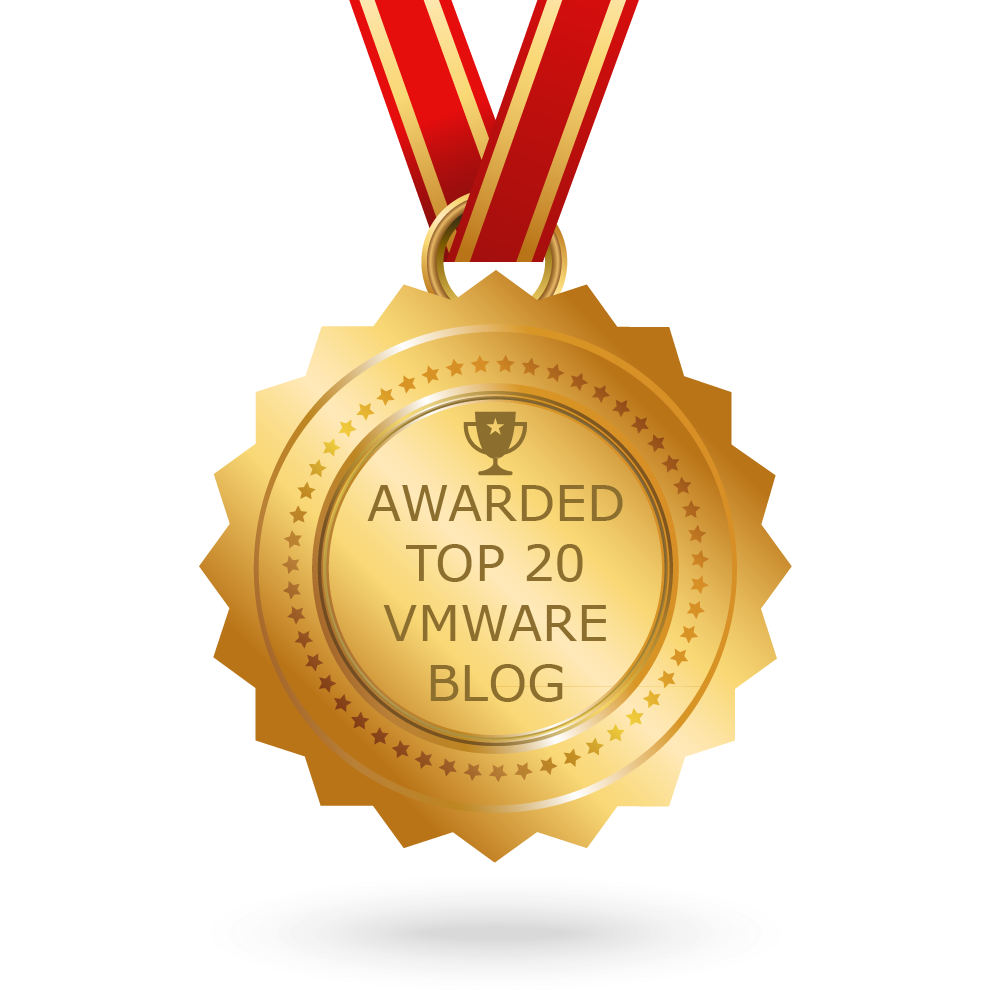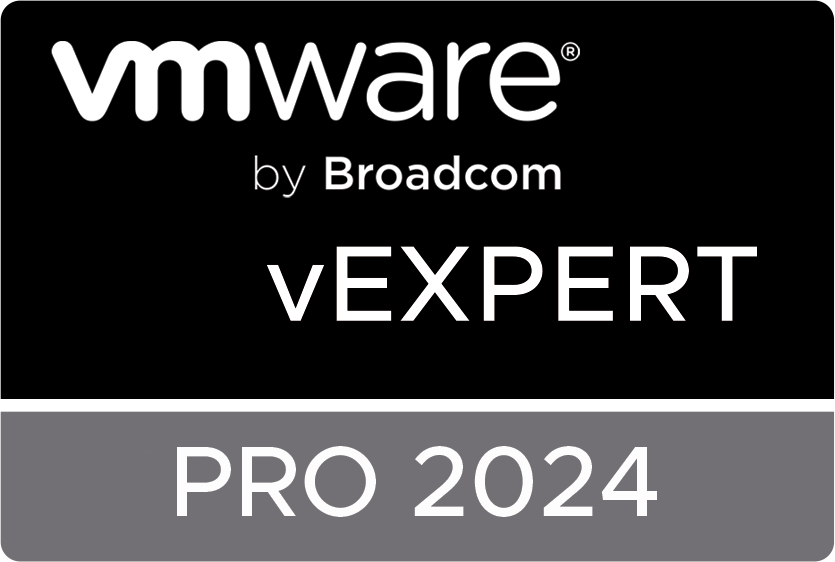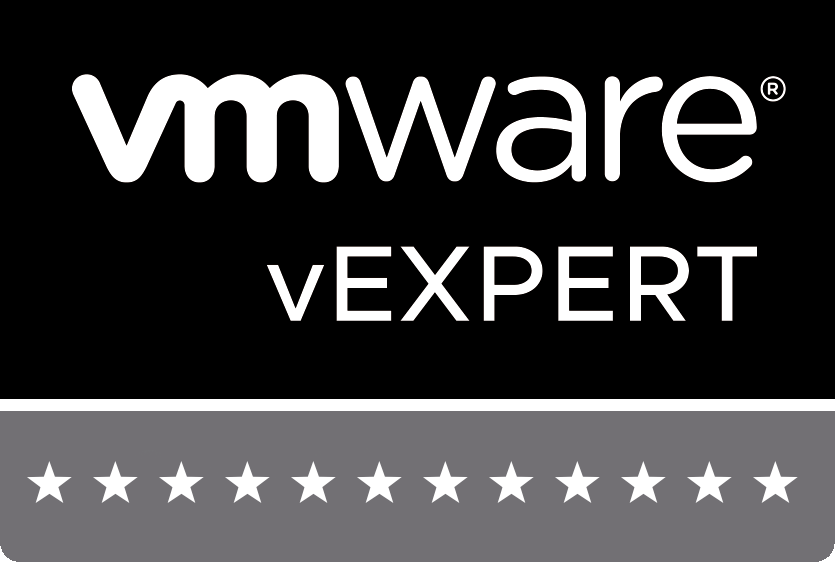|
Having a clear understanding of an organization's technology landscape and how technology can help achieve business goals is crucial in today's rapidly changing business environment. To ensure alignment between technology and business strategy, organizations need an Enterprise Architecture (EA) group. An EA group is responsible for defining and managing an organization's technology architecture, making sure it supports strategic goals. In this article, we'll explore the importance and benefits of building an EA group and provide guidance on how to establish one within an organization. Where to BeginWhen it comes to building an EA group, it's important to start with a clear understanding of your organization's business strategy and goals. This will help you identify the technology capabilities that are needed to support those goals and develop a roadmap for building out your EA capabilities.
Defining Strategic Goals Defining strategic goals is a critical step for any organization in achieving its long-term success. Here are some common steps that companies take to define their strategic goals:
Once you have a clear understanding of your organization's strategic goals, you can begin to identify the stakeholders who will be involved in the EA group and define their roles and responsibilities. This may include business leaders, IT leaders, architects, and other key stakeholders. Next, you'll want to develop an EA framework that outlines the principles, standards, and guidelines that will govern your organization's technology architecture. This framework should be aligned with your organization's strategic goals and should provide guidance for technology teams on how to develop and implement technology solutions that support those goals. Some Examples or EA Frameworks are the following:
The most popular Enterprise Architecture (EA) framework is the Open Group Architecture Framework (TOGAF). There are a few reasons why TOGAF is so widely used:
0 Comments
|
RecognitionCategories
All
Archives
April 2024
|









 RSS Feed
RSS Feed